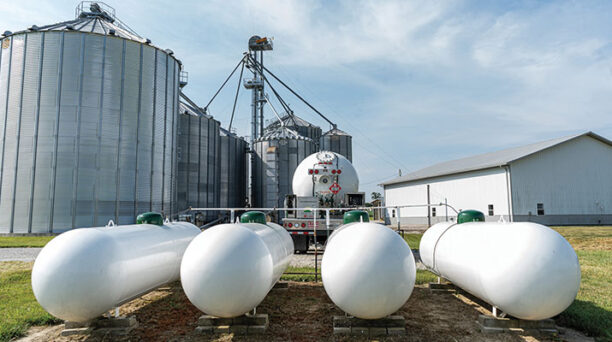Understanding the Dynamics of the Global Propane Market
The global propane market is experiencing significant transformations driven by various factors, presenting both opportunities and challenges for stakeholders across the industry. Understanding these dynamics is crucial for navigating the evolving landscape and capitalizing on emerging trends, especially for propane business owners and aspiring entrepreneurs. Market Trends Growing Energy Demand: Propane continues to play a… Continue reading Understanding the Dynamics of the Global Propane Market


